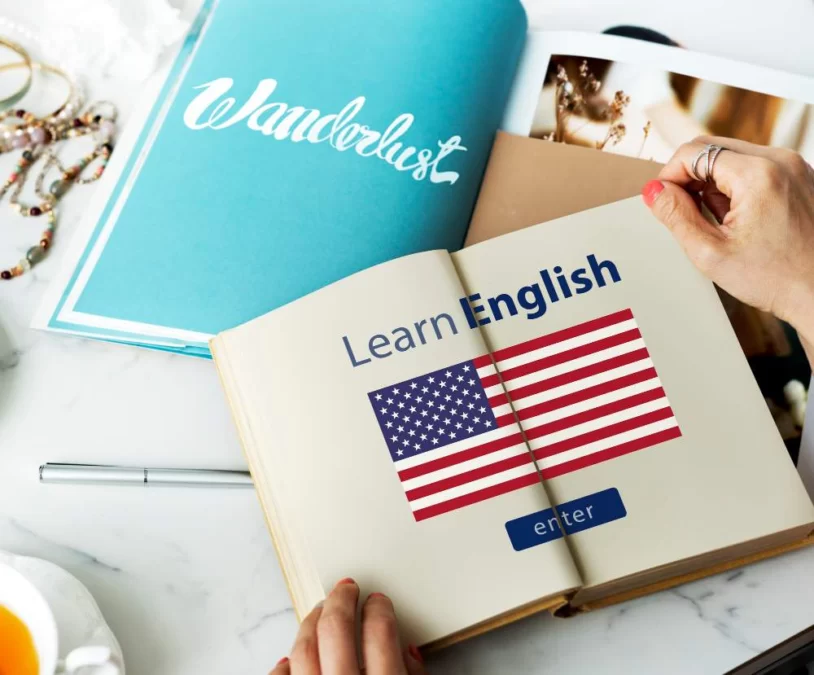What is the Difference Between Their and vs There? They are two commonly used words in the English language, but they have distinct meanings and usage. You also know, Difference between Who and vs Whom.
Understanding the English in pronouns confusing words: Difference between Their and vs There – Definition, Comparison Chart, Examples, and Key Points.
Their is a possessive pronoun that is used to show ownership or possession by a group of people. It indicates that something belongs to a particular group. For example:
- “They lost their way in the forest.”
- “The students submitted their assignments on time.”
On the other hand, there is an adverb that is used to indicate a place or location. It is used to point out the existence or presence of something. For example:
- “The book is over there on the shelf.”
- “I left my keys there on the table.”
It’s important to note that while they’re is a contraction of “they are,” it is not to be confused with their and there.
Their is used to indicate possession by a group, while there is used to indicate a place or location. Understanding the difference between these two words can help clarify the intended meaning of your writing.

Definition of “Their”
The word “their” is a third-person plural possessive pronoun used to indicate that something belongs to or is associated with more than one person. It is used when referring to multiple individuals as the possessor or owner of something. For example, “Their house is beautiful” means that the house belongs to a group of people.
Definition of “There”
The word “there” is an adverb used to indicate a place or location. It is commonly used to point out the existence or presence of something in a particular area. For example, “The store is over there” or “I left my keys there on the table.” It helps provide spatial information and directs attention to a specific spot. It is important to note that “there” should not be confused with the contraction “they’re” or the possessive pronoun “their.”
8 Comparison Chart for the Difference between their and vs there
Sure! Here is an expanded comparison chart highlighting the difference between their and vs there in eight different aspects:
| Aspects | Their | There |
|---|---|---|
| Meaning | Possessive pronoun indicating ownership | Adverb indicating a location or existence |
| Usage | Used to show possession | Used to indicate a specific place or position |
| Example | “They lost their way in the forest” | “The store is over there on the corner” |
| Ownership | Relates to a particular group’s possession | Does not imply ownership by anyone |
| Plurality | Used with plural subjects | Can be used with both singular and plural subjects |
| Function | Indicates possession for a group | Provides information about a place |
| Grammar | A possessive pronoun | An adverb |
| Confusion | Often confused with “they’re” and “there” | Can be confused with “their” and “they’re” |
Examples of Differences between their and vs there
Sure! Here are some examples that illustrate the differences between their and vs there:
- Their:
- The children and their parents went to the park together. (Referring to possession by more than one person)
- The team celebrated their victory with a parade. (Referring to possession by a group)
- There:
- Please put the package over there on the table. (Referring to a specific location or position)
- I saw a beautiful sunset over there on the horizon. (Referring to a distant place)
- Their:
- The dogs wagged their tails excitedly when their owners returned home. (Referring to possession by animals)
- The employees decorated their cubicles for the office party. (Referring to possession by individuals)
- There:
- There is a movie theater down the street. (Referring to a general location or existence)
- We should meet at the park. Is there a specific time you’d prefer? (Referring to a place or point in a conversation)
- Their:
- The students turned in their homework assignments to the teacher. (Referring to possession by individuals)
- The siblings share a room, and they each have their side. (Referring to possession by multiple individuals)
These examples demonstrate the distinct uses of “their” for indicating possession by a group or individuals and “there” for indicating a specific location or existence.
Main key point Differences between their and vs there
Here are the key differences between their and vs there:
- Meaning: “Their” is a possessive pronoun indicating ownership by a group, while “there” is an adverb indicating a specific place or location.
- Usage: “Their” is used to show possession, indicating that something belongs to a particular group. “There” is used to indicate a specific place or position.
- Example:
- “They lost their way in the forest.” (Referring to possession by a group)
- “The store is over there on the corner.” (Referring to a specific location)
- Ownership: “Their” relates to the possession of something by a particular group, while “there” does not imply ownership by anyone.
- Plurality: “Their” is used with plural subjects, while “there” can be used with both singular and plural subjects.
- Function: “Their” indicates possession for a group, while “there” provides information about a place.
- Grammar: “Their” is a possessive pronoun, while “there” is an adverb.
- Confusion: “Their” is often confused with “they’re” and “there,” while “there” can be confused with “their” and “they’re.”
Understanding these key differences will help clarify the intended meaning and improve your writing.
Bottom line
The difference between “their” and “there” lies in their meanings and usage.
- “Their” is a possessive pronoun used to show ownership by a group of people, indicating that something belongs to them. For example, “They lost their way in the forest” or “The students submitted their assignments on time.”
- “There” is an adverb used to indicate a place or location. It is used to point out the existence or presence of something. For example, “The book is over there on the shelf” or “I left my keys there on the table.”
Confusing them with “they’re” (contraction of “they are”) should be avoided.
Understanding the distinction between “their” and “there” can help clarify the intended meaning of your writing.












